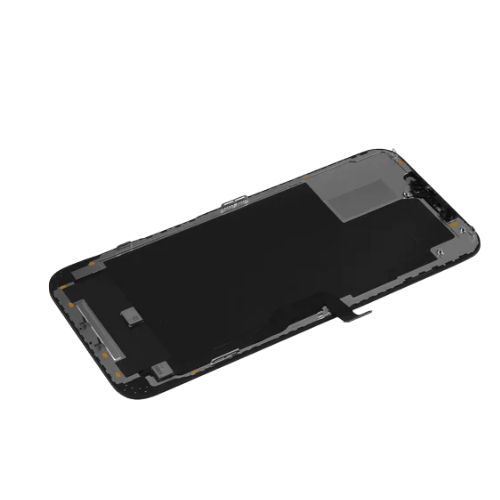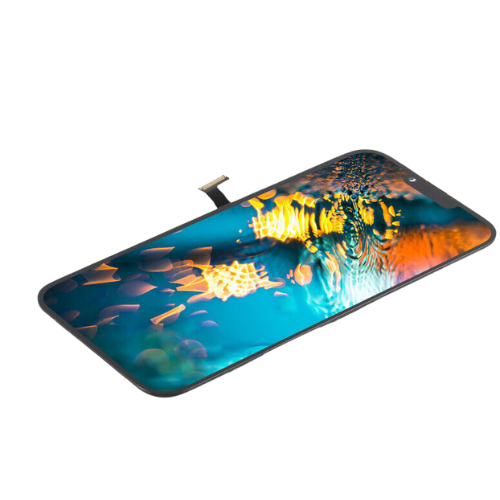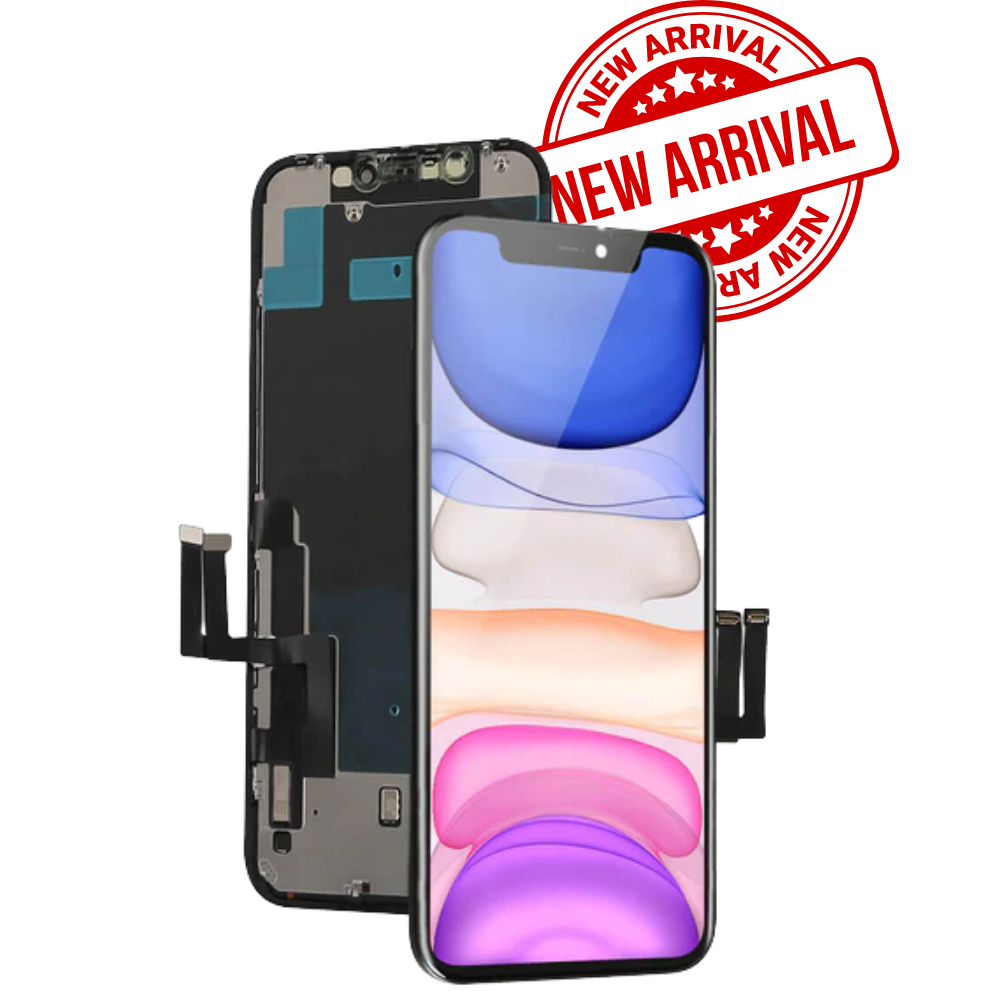Zavedení
Ever walked into a phone store and been bombarded with words like “Super Retina,“Displej péče o oči,“Nebo„ zkušenosti s kinem “? Jo, stejný. Pravda? A lot of these are just shiny marketing terms meant to dazzle—not inform. This guide is here to help you see through the fluff and understand what really makes a screen worth your cash.
Whether you’re gaming, binge-watching Netflix, or doom-scrolling late at night, your phone screen is where it all happens. So let’s decode what separates a stunning display from a disappointment.
Screen Material Matters: OLED vs LCD
The LCD Family
IPS Panels are the MVPs of LCD tech—offering wide 178° viewing angles and respectable color accuracy. You’ll find these on a ton of mid-range phones and even some tablets.
TN Panels, on the other hand, are old-school. They’re cheap, fast, but color shifts and washed-out contrast make them near obsolete.
Then there’s BOE’s NXE LCD tech, which pushes color gamut up to 95% DCI-P3—nearly OLED-level saturation. Pretty impressive for an LCD!
OLED Advancement
If you want true blacks, infinite contrast, and eye-popping colors, OLED is where it’s at.
Samsung’s E6 OLED, for example, hits global brightness levels of 1500+ nits. That means clear visibility even under harsh sunlight. Combined with LTPO (Low-Temperature Polycrystalline Oxide) tech, it adapts refresh rate dynamically, saving battery by up to 15%.
⚠️ Watch out for outdated RGBW OLEDs, though. They dilute pixel clarity by up to 30%, making text and fine lines look fuzzy. Not every OLED is premium!
Demystifying Technical Specs
Resolution vs Pixel Density
Think a 6.7″ phone with 1080P is crisp? Think again. The PPI (Pixels Per Inch) is only around 393—below the retina threshold of 440+. Meaning? You might see pixelation, especially when reading small fonts or watching high-detail content.
Unless you’re into VR, 2K may be overkill—but it definitely brings sharper visuals on large displays.
Brightness Realities
Peak brightness means nothing if it’s only triggered in specific scenarios like HDR video. What you really want is global brightness of at least 800 nits for sunlight readability. Some phones boast 1200 nits but only sustain 600 during actual use. Tricky, právo?
The Color Game
“Supports 100% DCI-P3” doesn’t mean accurate color. Without calibration, colors may shift. Enter Delta E (ΔE)—a color accuracy metric. Pod 2? Great. Nad 5? You’ll start noticing weird skin tones and color tints.
The 5-Step In-Store Screen Test
Step 1: Gray Scale Check
Load a 16-level grayscale image. Poor quality screens often crush dark shadows—levels 1 na 3 blend into black with no detail.
Step 2: Color Gradient
Show a smooth color gradient (like blue to red). If you see lines or bands, the screen has low color depth or poor dithering.
Step 3: Touch Responsiveness
Quickly scroll a web page or swipe between menus. Notice ghost trails or lag? That’s poor response time or refresh rate mismatches.
Step 4: Viewing Angles
Tilt the phone 45°. If colors shift or brightness drops by 50%, you’re likely dealing with a VA or low-tier OLED screen.
Step 5: Dark Room Inspection
Go into a dim room, load a black image. LCDs often reveal backlight bleed—bright spots where it should be dark. A premium display will be evenly lit.
The Hidden Costs of Bad Screens
Cost-Cutting Tricks You Should Know
Budget phones often skimp on screen-related parts to save a buck:
- Oleophobic coating ($0.8): Prevents smudges. Without it? Fingerprint party.
- Ambient light sensor ($1.2): Essential for auto-brightness. Without it? Manual adjustments all day.
- Blue light filter film ($0.5): Reduces eye strain. Missing? Say hello to fatigue.
How These Impact Your Daily Use
No coating? Your screen becomes a greasy mess.
No sensor? The screen won’t adjust in dark rooms.
No filter? You’ll feel the strain after just a few hours.
2023-2024 Buyer’s Picks Based on Needs
For Gamers
Look for CSOT’s C7 panels with 144Hz refresh rate and 2160Hz PWM dimming. Smooth gameplay with less flicker = win-win.
For Media Lovers
Samsung E6 2K displays are unbeatable—up to 1800 nits brightness and self-developed color engines for stunning video playback.
For Budget Kings
Tianma’s TL series might not be flashy, but it offers professional-grade ΔE around 1.5—nearly as good as pro monitors.
Závěr
A good display isn’t just about throwing around buzzwords and inflated specs. It’s a balance between panel quality, calibration, jas, and smart power efficiency.
Always remember—identical specs don’t mean identical performance. The same screen can look wildly different depending on how it’s tuned. Armed with this guide, you’ll never fall for screen gimmicks again.
So next time you walk into a store? Bring your inner screen detective.
Časté časté
1. How do I know if a screen has true HDR support?
Check for HDR10 or Dolby Vision certification and global brightness of 1000+ nits.
2. Is LTPO always better than LTPS?
Ne vždy. LTPO saves power but may come with trade-offs in touch latency if poorly implemented.
3. What’s the difference between refresh rate and touch sampling rate?
Refresh rate = screen updates/sec. Touch sampling = how often it scans your fingers. Both matter for gaming!
4. Can I test screen quality at home?
Ano! Use test images, dark room tests, and apps like Display Tester to evaluate your screen.
5. Which screen type is best for eye health?
OLED with high-frequency PWM (like 2160Hz) and blue light filters are currently the best bet.





